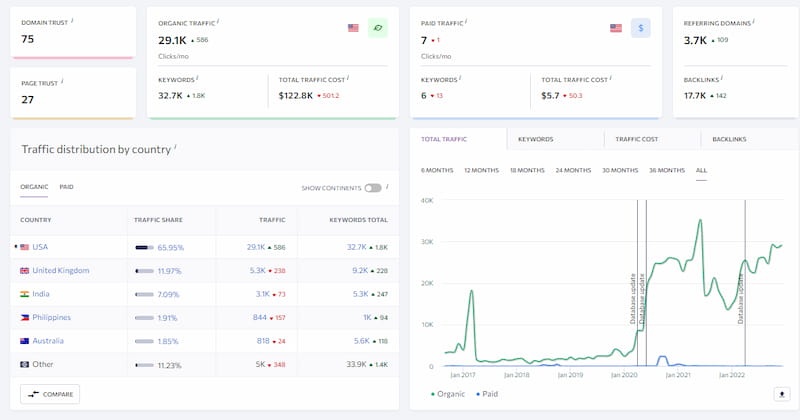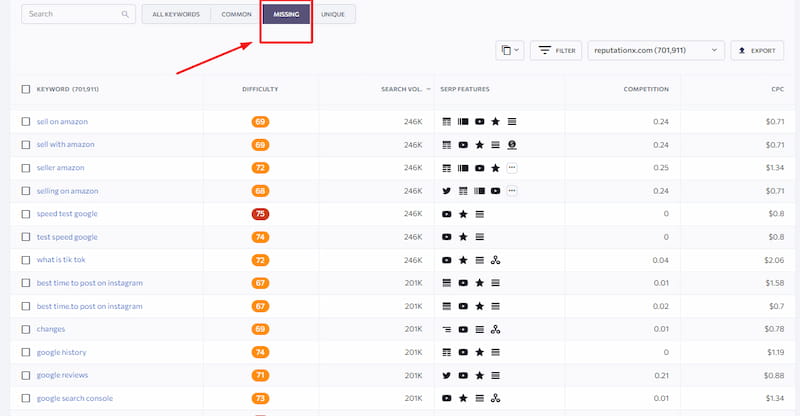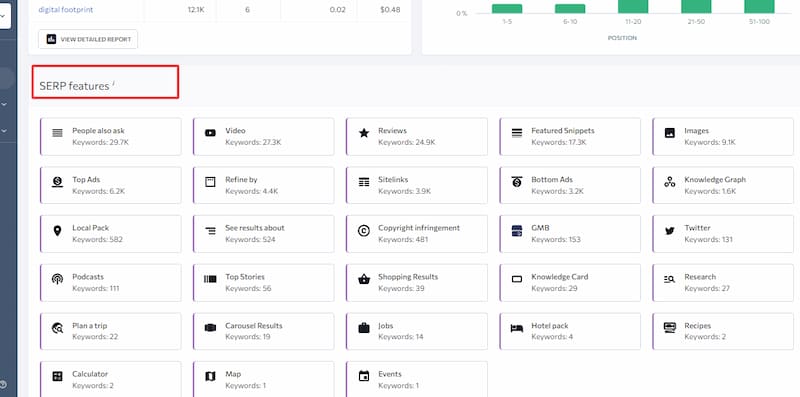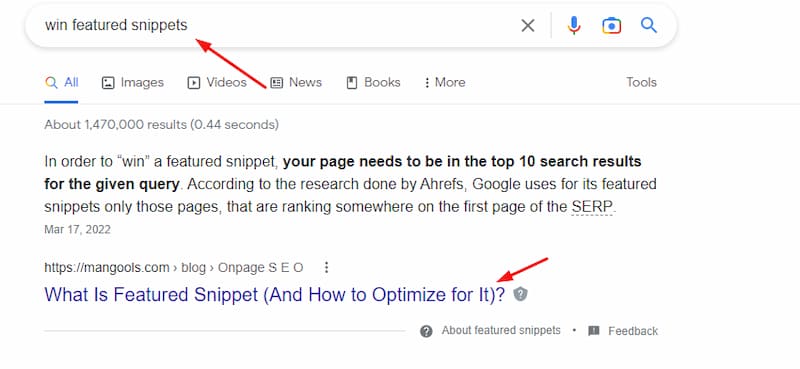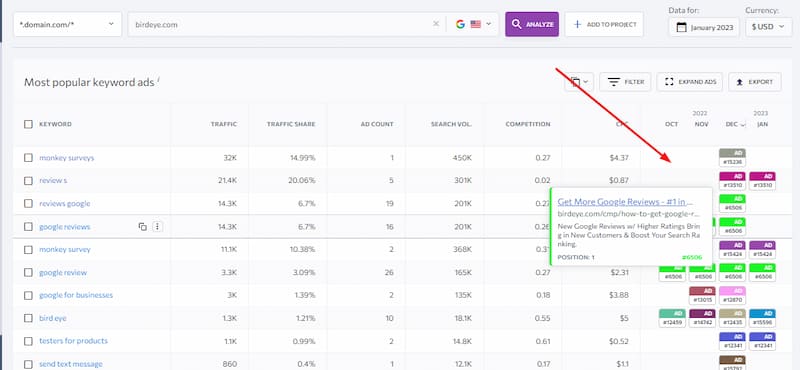How Smart Competitor Research Boosts Your Rankings
Are you wondering why your competitors are getting high rankings in search results for most of your targeted keywords? Most likely, they run an effective SEO strategy, and it’s time to review what your competitors are doing to beat them.
That’s where competitor research comes into play. Once you learn how to analyze your competitors correctly, you can outperform them consistently and stay on top of the game.
Tracking your competitors’ SEO performance can give you a treasure trove of information to help you improve your SEO strategy and get more revenue for your business.
So, let’s dig deeper into smart tips on analyzing your competitors and increasing your SEO strategy’s performance.
How to do a smart SEO competitor research
When running a business, it’s crucial to analyze how your competitors are doing well to avoid falling behind. Even if you constantly create new content, build quality links, and market your website, it won’t be enough.
Check out these smart tips on running an SEO competitor analysis below:
Identify your actual competitors
Start building a list of your potential competitors. Focus on rivals that rank highly for your target keywords and similar phrases.
A quick keyword search will easily show your top rivals and potential competitors that you might be up against in the future. This way, you can quickly get an idea of who your main competitors are and what products and services they offer.
If you want to find competitors for a new website, you can build your list using SE Ranking. It will automatically visualize a list of organic and paid competitors in your niche. Moreover, you will see their total traffic, traffic cost, backlinks, and keywords.
If you already know your main competitors, you can choose them from the Competitors section and add them to your project to evaluate their keywords, rankings, visibility, and main parameters.
Notice that your main rivals might only sometimes take all the top rankings. That’s why looking for other websites for branded or similar long-tail keywords is essential. Put more creativity and extend your keyword list. Focusing on general keywords will make you look slanted and useless.
Analyze organic traffic trends
Once you identify your competitors, it’s essential to research their organic traffic trends. Comparing their monthly organic traffic for the last years can help you see their lowest traffic and traffic at peak times and better understand which strategies they used during these periods.
Analyzing competitor traffic will allow you to find out the best regions and sources where they are getting the most website traffic. You can also use the traffic checker from SE Ranking. Make sure to compare your web traffic data with your main rivals and detect the gaps.
For example, they generate 55% of the web traffic from India or the Philippines, while your site needs to get traffic and leads from these regions. Therefore, you should conduct a detailed analysis of each competitor and audit its content strategy if you want to target these countries accordingly.
Find keyword gaps
The next step is to identify keyword gaps. You can look for your competitors’ keywords already ranking, or you can pay attention to the keywords that your rivals are ranking higher than you on the organic search.
Detecting these keyword gaps is a great opportunity to extend your reach and generate more traffic, conversions, and sales to your website. Once you find these gaps, add them to your keyword list and start writing relevant content around these keywords to outrank your competitors.
Don’t limit yourself, and look only at your main competitors. For sure, you will find a lot of other competitors that also have high rankings for specific search terms. Take time and reveal these top spots for your business.
When you are looking for keyword gaps, here are a few things you should consider:
- Ask yourself why they are ranking well but not you
- Pay attention to competitors’ supplementary content for the keywords that rank high
- Take a look at the number of backlinks to the pages that rank higher
- Think of additional steps you should do to target these keywords
Get the most out of your information and create similar but better content. Try to give more value to your target audience than your competitors.
Discover top-performing content
Another important step is to dive deep into the content of your competitors. Once you discover their top-performing content, you can understand what types of content work well in your industry, which competitors’ pages get maximum traffic and quality links, and which pages rank for your targeted keywords and relevant long-tail search terms.
Starting competitors’ content analysis, take a look at the following parameters:
- Content types: see which formats, from webinars to guides, they use to reach results
- Content topics: see content ideas and topics they publish and work the best
- Engaging elements: see which visuals, videos, podcasts, infographics, or other interactive elements generate the most social shares and links
- Content quality: see how valuable and comprehensive content your competitors create
- Content structure: pay attention to the content structure. See whether they use bullet points, headings, and subheadings to keep their content simple and easy to read
Once you identify competitors’ top content, you should figure out whether you need to create similar content for your website and whether you can give more value to your target audience than your rivals. So, take inspiration from your competitors’ content and create a better one than theirs that meets the search intent.
Analyze backlink profile
Analyzing competitors’ backlinks can help you build a similar backlink profile and find significant gaps in their backlinks. It’s essential to detect how many high-quality and low-quality backlinks they have and pay attention to the number of dofollow and nofollow links.
Google won’t use the last ones for their algorithms, but they can help build brand awareness and drive traffic. Even if high-quality nofollow links don’t have any SEO value, you can get much non-SEO value in your competitors’ links.
While researching the backlink profiles of your rivals, look for new and broken links to reach these sites and replace broken backlinks with your valuable content. You need to detect the gaps in their backlinks and focus on the opportunity to link to your site.
Check out whether backlinks lead to the internal pages of your competitors. As you may notice, many only use links to your competitors’ homepages. A good number of incoming links to internal pages can be a significant factor in ranking their pages well.
Make a list of high-authority websites that you also want to get a link from. Once you build this list, start link-building outreach to these sites.
Track featured snippets
Many specialists underestimate the importance of featured snippets in search results while conducting a competitor analysis. You can determine which keywords your competitors earned or failed for featured snippets and how many featured snippets they rank for.
It’s essential to check which content your rivals created for featured snippets and how well their content answers search queries. See how much value they add, for example, by using infographics, statistics, videos, examples, quotes, etc.
Take notes, create better content, or update the existing one to win more featured snippets.
Research PPC keywords
It is essential to analyze your competitors’ Google ad spend and sponsored keywords to improve your PPC strategy. Once you understand which keywords are profitable for their website, create a list of paid keywords and include them in your PPC strategy.
Let’s say your competitors have been bidding on your potential paid keywords. Thanks to a detailed analysis, you can determine whether these keywords could receive good returns on your ad spend.
Make sure that not all paid ads can result in similar results. That’s why conducting an in-depth PPC competitor analysis is vital to detect well-performing keywords and decide your budget.
Bonus tip: Spy on website structure and user experience
Due to Google algorithm updates, it is crucial to emphasize more on user experience and website structure. Finding gaps in your competitors’ sites will help you avoid their mistakes and build a great UX and web design for your users.
In simple words, if you want to improve your website, you need to pay attention to the following things during a competitor audit:
- Website speed: check out how fast your competitors’ pages load and whether you can make your site load faster.
- Website structure: check out how competitors’ content is organized on their websites, internal links, placement of CTAs, subdomains, etc.
- Mobile usability: check out how well competitors’ sites look on mobile devices and whether they have all the necessary features, buttons, or other things for mobile users.
- User interface: see the visual appeal and design elements of competitors’ sites and see how easy to navigate the sites.
It can take much time and effort to crawl the entire competitor’s site, but it will help you detect all possible gaps in UX and design, improve your website, and nullify your rivals.
Conclusion
Competitor research is an ongoing process and will never be complete. Because your website constantly changes, and search results vary too. If you want to be ahead of your competitors, you should instantly react to their strategies, detect possible areas where they fall short, and fill these gaps for your strategy.
Tags: SEO.

